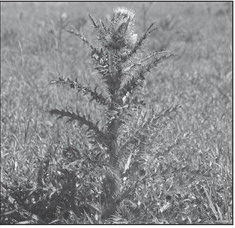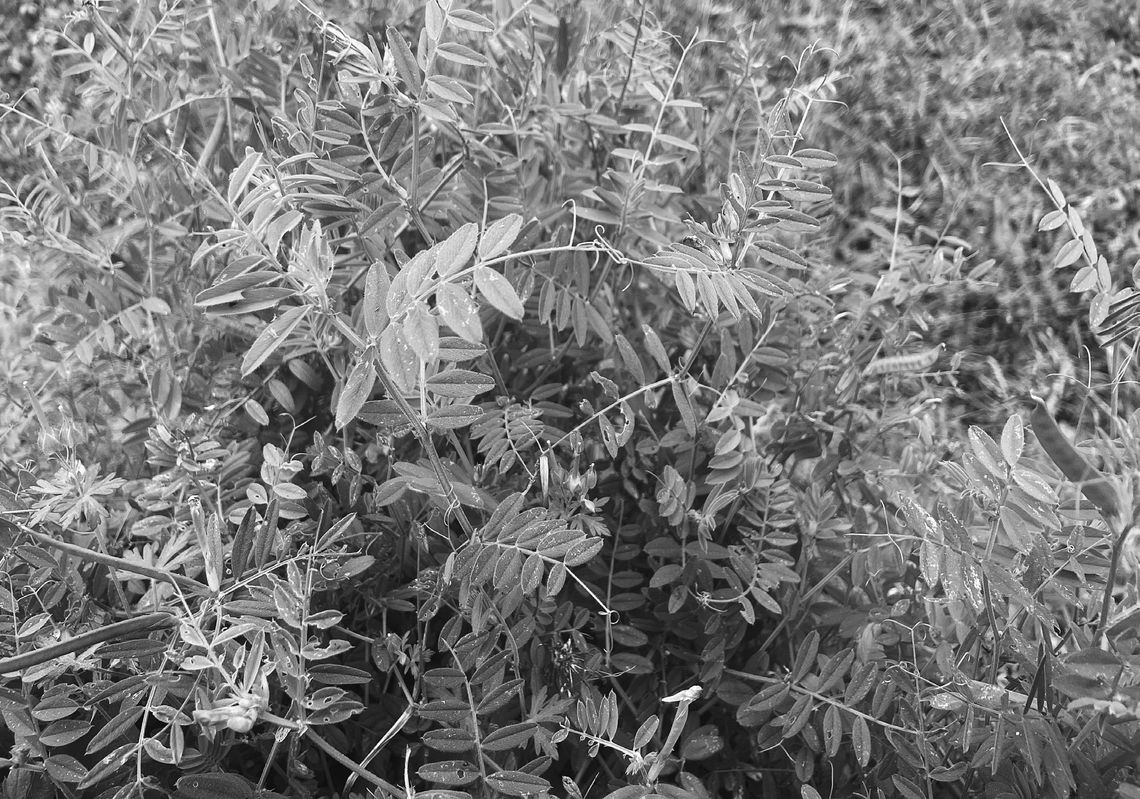Get it growing
Louisiana gardeners just never seem to catch a break from weeds. While one season’s weeds are maturing and preparing to drop seeds, the next season’s weeds have already started germinating.
And that’s where we find ourselves now. In March, many of our warm-season weeds are beginning to crop up, and cool-season weeds are flowering and setting seeds.
If you’re willing to roll up your sleeves and get your hands dirty, there’s something you can do to prevent having as many weeds next winter: Simply pull them up.
Remove all the top growth that has seeds on it now before warmer temperatures hasten seed maturity and dying of top growth. If the seeds drop into your landscape beds or lawns, they will lie dormant over the summer and start germinating again as early as September.
Hand pulling this late in the season is the most effective method, as seeds can still drop from plants killed with post-emergent herbicide. If the weeds haven’t set seed yet, then it’s safe to spray and forget.
Whatever you do, don’t throw the weeds in a compost pile or leave them on top of the bed or lawn. That defeats the purpose! Dispose of them in a garbage bag.
If you’re curious about what kinds of weeds are sprouting in your landscape, read on. Below are descriptions of five broadleaf plants that are the usual suspects for winter weeds that produce an abundance of seeds. But they’re just a tiny sample of all the winter weeds we have in Louisiana.
Cleaver: Cleaver is sometimes referred to as bedstraw, and its appearance is somewhat like green straw climbing and covering your desirable plants. The bright green weed grows quickly once February gets here. It is very fuzzy and clingy, almost like hook-and-loop fasteners. It produces tiny white flowers that mature into fuzzy seed capsules that attach to seemingly everything.
Vetch: Vetch adds nitrogen to the soil, so it can be beneficial in some settings, including pastures. But in our landscape beds, it can be a mess! Vetch is a legume, and it likes to vine and climb. It has small lavender-to-purple flowers that mature into recognizable peapod shapes.
Wild geranium: Just as common in lawns as turfgrass, wild geraniums produce deeply lobed leaves and grow in a rounded or mounding shape. They’re also sometimes called Carolina geraniums. They have small pink flowers that produce seed capsules that end in a distinct point that resembles a crane or stork’s bill.
Chickweed: Small leaves and small white flowers are found on this weed that grows like a low mat. It’s notorious for popping at the soil surface when pulled. Make sure you get under all the stems and get a good grip on the center point of the plant. This plant loves to grow in between desirable winter annual flowers, making it a tedious weeding task. It produces many seeds.
Thistles: Winter in Louisiana allows us to observe numerous species of plants commonly called thistles. These weeds appear as a uniform rosette of groundlevel leaves for much of the winter and will send up a tall bloom spike as the season wears on. After the flowers have faded, the seeds mature and are carried far and wide by the wind, so it’s important to pull your thistles before you notice the white cottony tips of mature seeds emerging where the flowers were. Be careful not to shake the plant because it might release some of the seeds. Wear gloves and be careful — most thistle species have thorns on the leaves!



